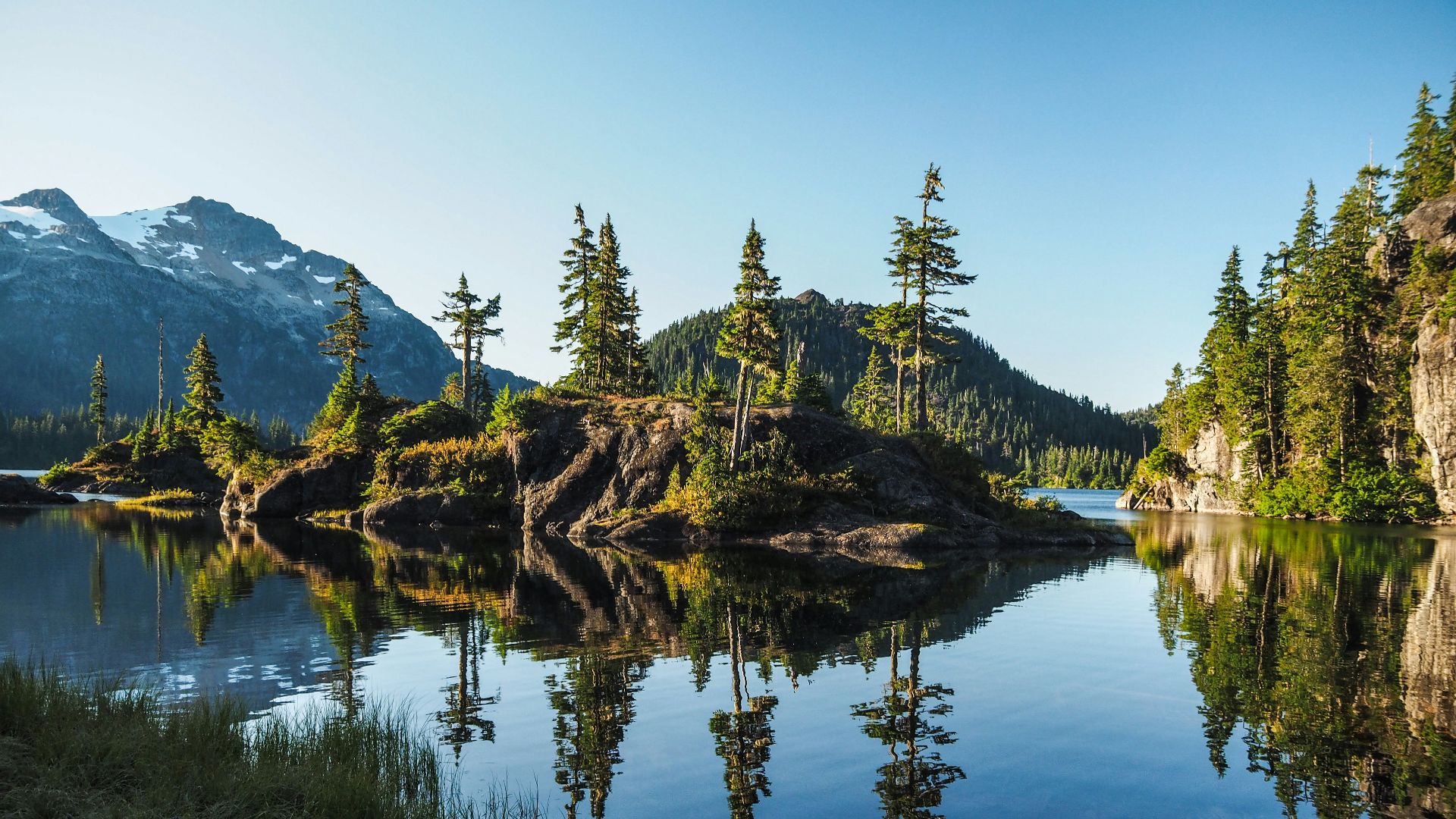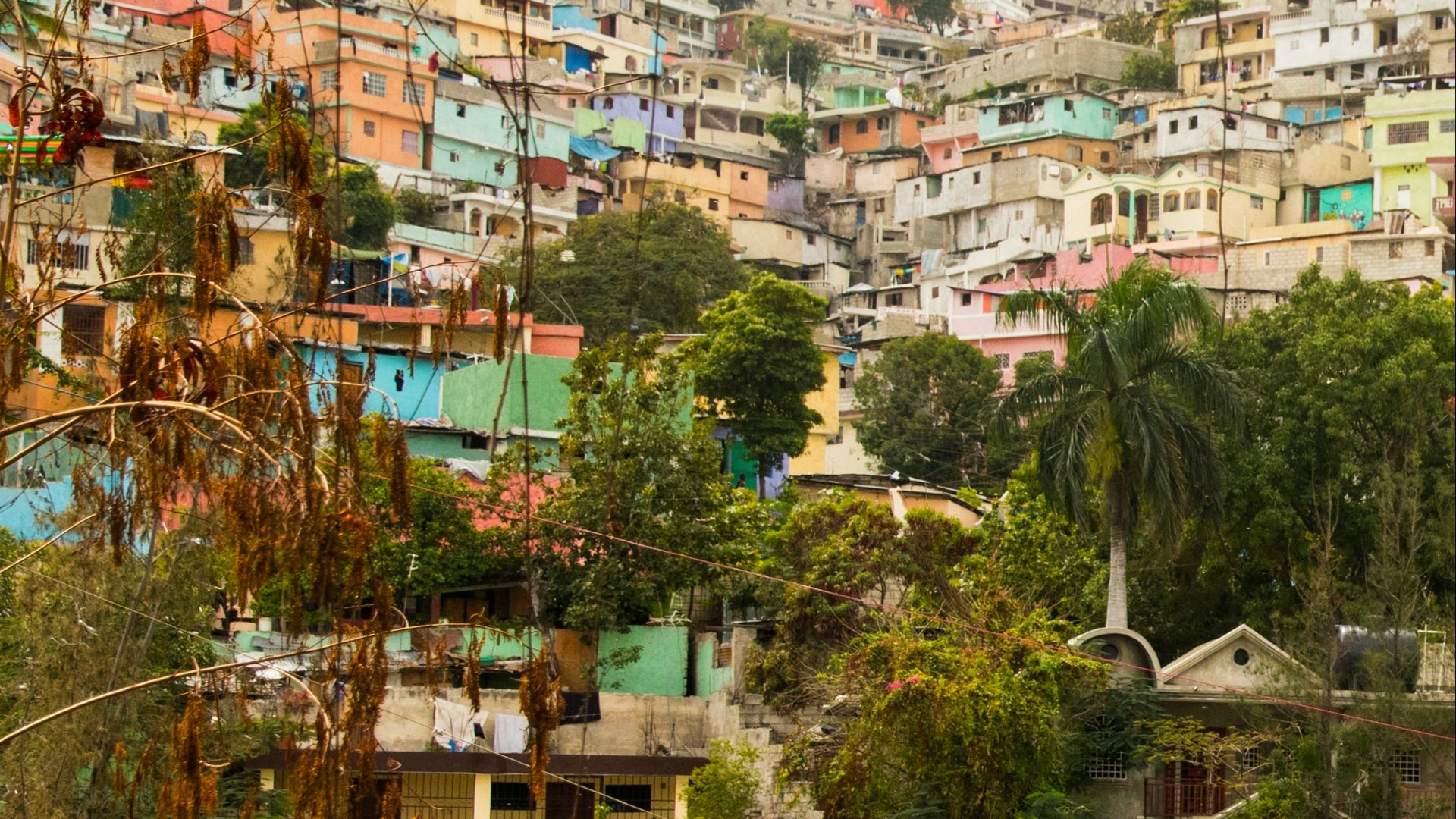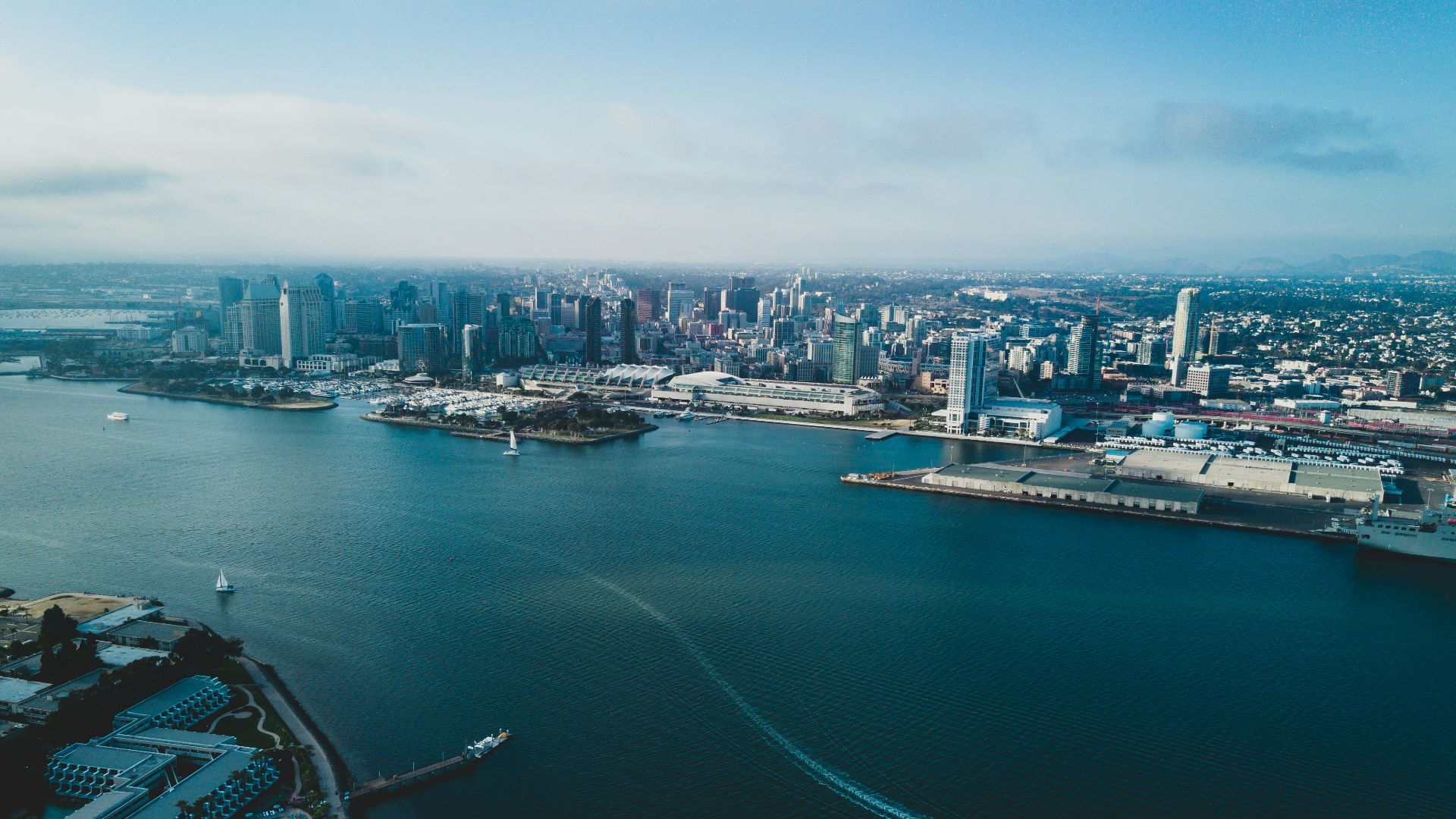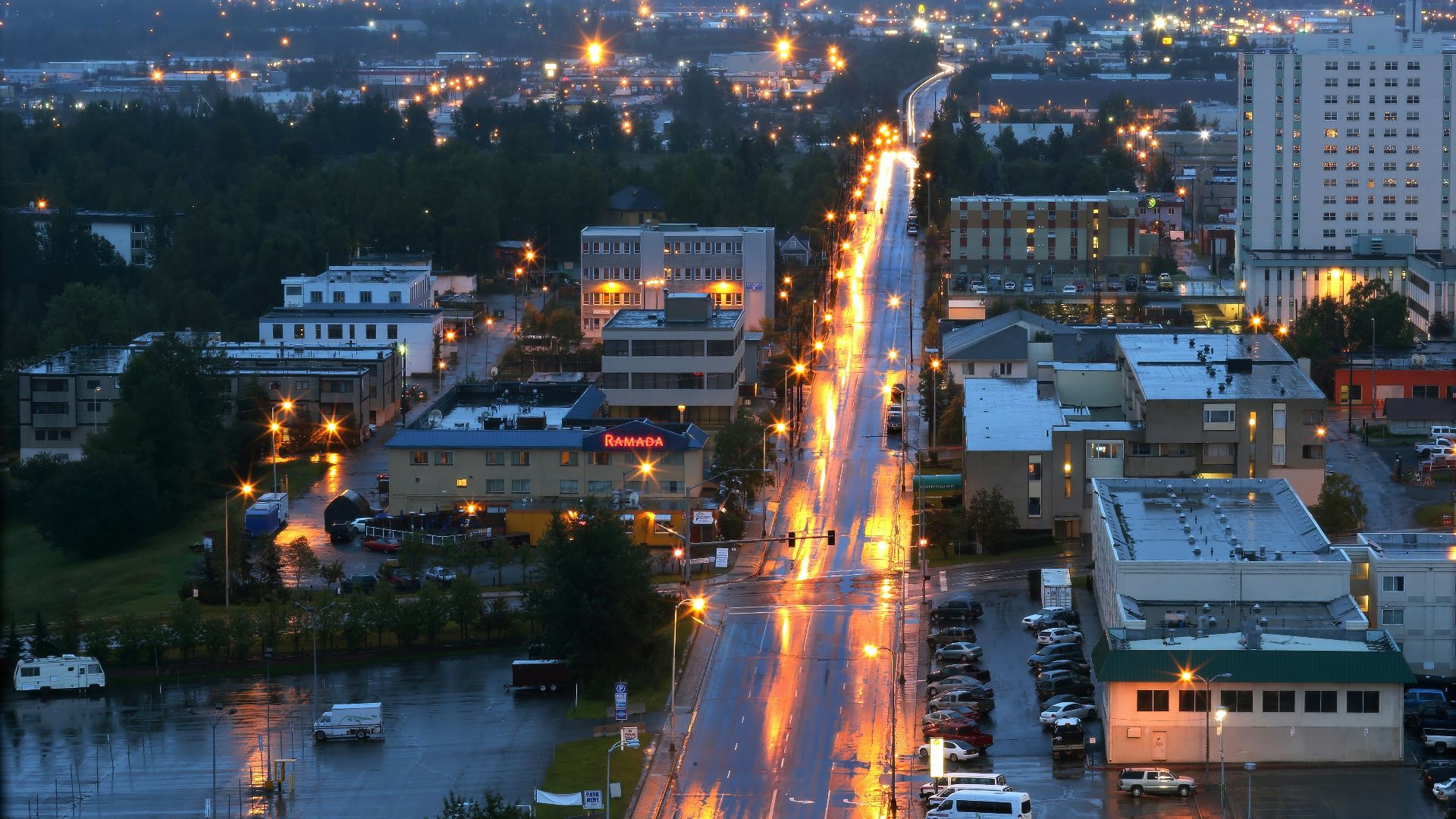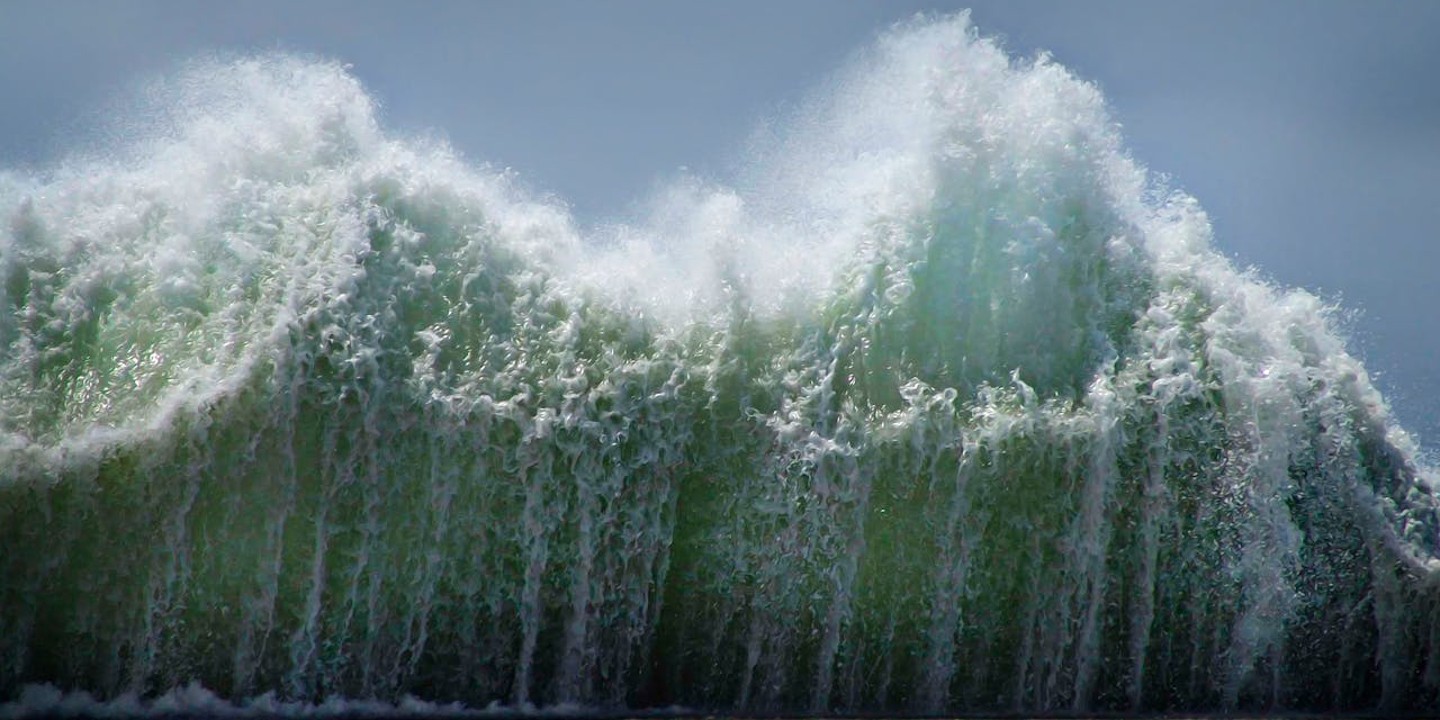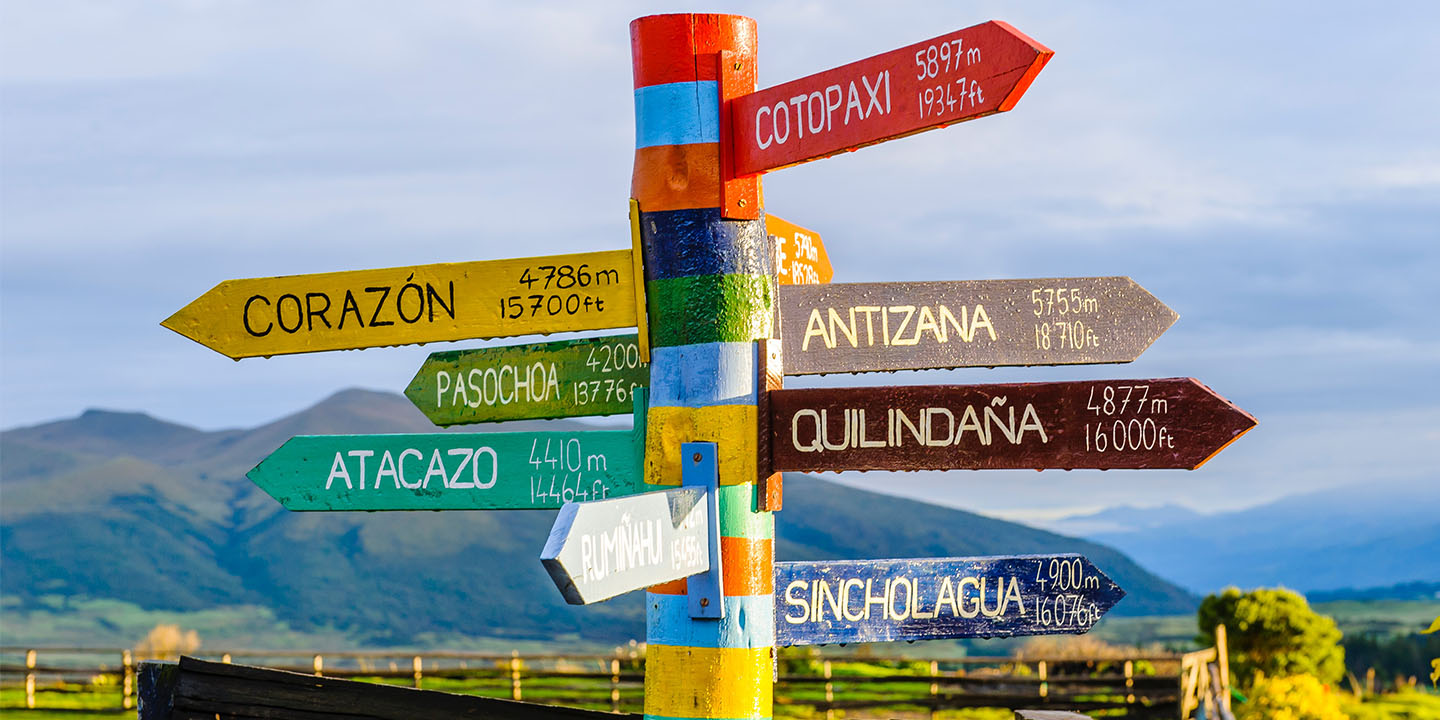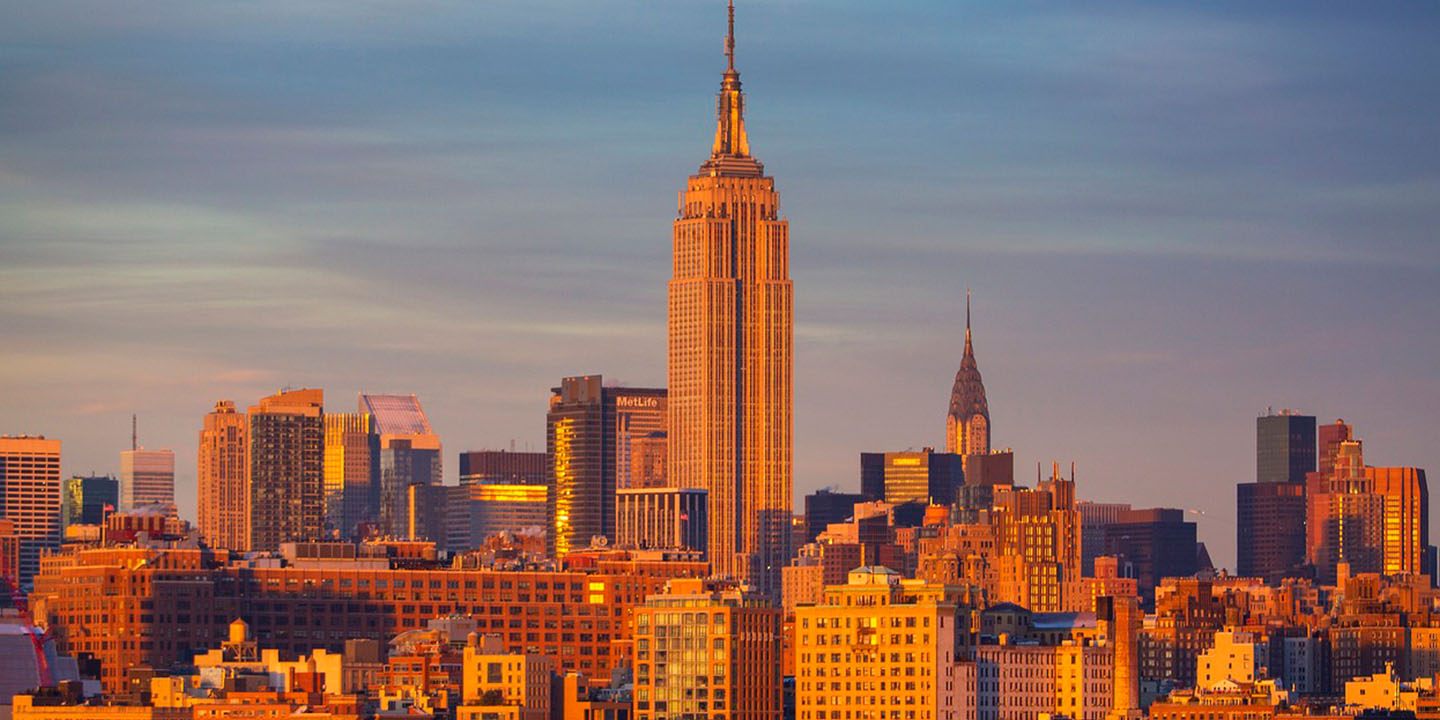16. Vancouver Island, Canada
Lying southwest off the coast of British Columbia, Vancouver Island is home to the province's capital, Victoria, and idyllic parks. But the island isn't at an advantage despite its peaceful scene. It rests near several tectonic plates—such as the Pacific, the Juan de Fuca, and the North American plates—and sits near the Cascadia subduction zone, which can cause deadly megathrust earthquakes.
17. Port-au-Prince, Haiti
Haiti is no stranger to devastating earthquakes, and neither is its capital Port-au-Prince, which had been destroyed twice not even 20 years apart. The reason? Haiti sits near the meeting point of the North American plate and the Caribbean plate, with major fault lines slicing through Hispaniola, an island that Haiti shares with the Dominican Republic.
18. San Diego, United States
Just 120 miles away from earthquake-prone Los Angeles, San Diego doesn't fare any better. Because like many of the cities on the Californian coastline, the San Andreas fault poses a huge danger to all surrounding areas. But the one that would directly affect the residents of San Diego would be the Rose Canyon fault, which carves through the city.
19. Wellington, New Zealand
Sitting on the intersection between the Australian and Pacific plates, Wellington is vulnerable to several major fault lines, such as the Ohariu, the Wairarapa, and the Wellington faults. Any sudden shift could cause dangerous seismic activity. On the contrary, Auckland, another major city, isn't as prone to earthquakes.
20. Anchorage, United States
Anchorage, known for its culture, trails, and glaciers, is Alaska's largest city. It's also been struck by major earthquakes in the last several decades, the most recent of which was in 2018 when a 7.1-magnitude tremor (followed by a 5.7-magnitude aftershock) hit the city. Furthermore, Alaska has long been deemed by scientists as the most seismically active region in all of America.


